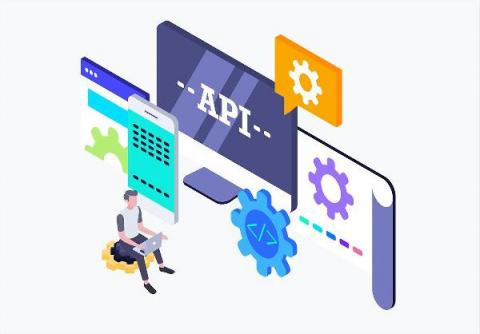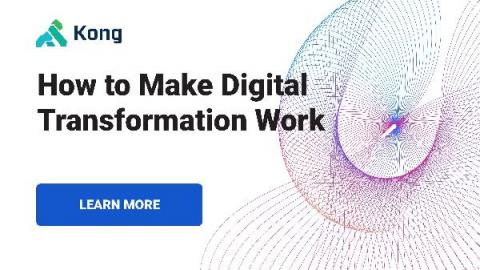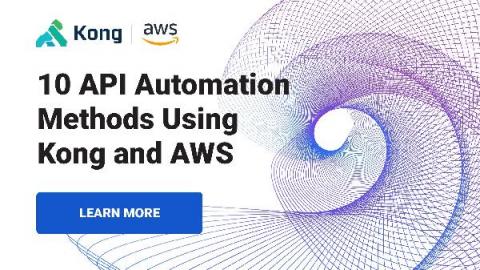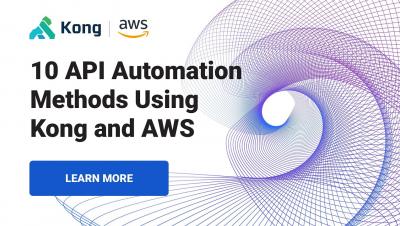Systems | Development | Analytics | API | Testing
August 2021
8 Cloud Cost Optimization Tactics for Kubernetes
If you’ve ever gotten sticker shock after receiving a surprisingly large cloud bill, this might have been your reaction… I think we’ve all been there. While the cloud makes flexible scaling possible, it has also introduced many new services one can use, resulting in increased cloud costs. In this article, I’ll go over the eight ways you can reduce your Kubernetes cloud costs. I use Amazon Web Services (AWS) as an example, but the lessons can also apply to other cloud providers.
Feature Spotlight: API Dependency Graph
As APIs become more complex, it can be easy to accidentally break connections. To prevent this, Speedscale can automatically detect and make you aware of inbound and outbound transactions running through APIs in our API Dependency Graph. The Traffic Viewer dashboard makes this information visible to independent teams working on different services. In most organizations this information is usually only known by senior engineers, team leads, and architects.
How to Integrate Third-Party APIs Into Your Marketo Campaigns
Celebrating Four Years of Kong Inc.
What a year we have had! Hypergrowth, a huge community, and lots of recognition. But what we are most proud of is how Kong’s technology has impacted the world, thanks to our users. We can’t thank these users and the community enough for making Kong the most adopted open source API gateway out there. In fact, our technology just crossed 30,000+ stars on Github . And with over 2M instances and more than 257M downloads our OSS community has more than doubled over the last year.
Interview with Associate Director in Product Marketing, SmartBear
Service Mesh 101: The Role of Envoy
If you’ve done any reading about service meshes, you’ve probably come across mentions of an open source project named Envoy. And if you’ve done any reading about Envoy, you’ve probably seen references to service meshes. How are these two technologies related? How are they different? Do they work together? I’ll attempt to answer all those questions in this blog post’s first and second parts, plus possibly a few more.
Kuma 1.3 and Kong Mesh 1.4 Released With Service Map, CA Rotation, mTLS Permissive and 10+ features.
We are happy to announce a new major release of Kuma, and a new major release of Kong Mesh built on Kuma! Kuma 1.3 ships with 10+ new features and countless improvements. Kong Mesh ships we enterprise capabilities for large scale service mesh deployments. We strongly suggest to upgrade, in order to take advantage of the latest and greatest when it comes to service mesh.
What is REST API Design?
How to Leverage Insomnia as a GraphQL Client
How to Leverage Insomnia as a GraphQL Client
Here at Kong, we’re advocates for architecting your application as a group of microservices . In this design style, individual services are responsible for handling one aspect of your application, and they communicate with other services within your network to share data. Systems like Kubernetes or the Kuma service mesh help orchestrate traffic and manage network policies so that your microservices can function together as a unified whole.
Top 5 API Testing Tools
Today’s software testing trends show the growing demand for more efficient and automation-oriented API testing. Many of the current test automation solutions focus on the UI, while most API-level testing is still done manually. As a result, testers are in need of easy-to-use, intelligent automation tools for testing APIs — improving their productivity and efficiency, while also reducing time-to-market.
The New API-Led Connectivity
Kong Gateway Request & Response Transformation Plugins | #KongBuilders - August 20
Video: Challenges of API Testing
Cloud native API Testing comes with a lot of challenges. In this video see how to overcome these challenges with the novel approach of traffic replay.
Understanding the BigQuery API landscape
DevOps Is More Than Configuration Management
My DevOps Journey Beyond Configuration Management
For most of my software engineering career, my experience with DevOps was all about configuration management. But after many years of experience with some key mentors, I began to see DevOps as so much more. In this article, I’ll summarize my DevOps evolution from a high level. If you’d like to go further in-depth, check out the recording from my Destination: Automation presentation below.
Fueling Application Innovation
How to monetize BigQuery datasets using Apigee
Balancing Innovation and Security With Automation [Destination: Automation]
Serverless Security With Kong's AWS Lambda Plugin
5 Steps to Serverless Security With the AWS Lambda Plugin
For the DevOps-averse developer, lambdas are heaven. They can focus on writing self-contained and modularized pieces of code, deploying these functions for on-demand execution without being concerned about resource management or infrastructure. Lambda execution , however, can be tricky. Serverless security with the AWS API Gateway can feel daunting, especially when all you want to do is call a simple function as an API endpoint. For this, there’s the ease of Kong Gateway .
NAN to Node-API Migration: A Short Story
Throughout the years I’ve created my fair share of native addons. The first ones were created by using the native C++ Node.js and v8 API’s. When NAN was created which made life much easier, especially in terms of maintenance, there was no question that I should move all my addons to use it. The years passed and Node-API was created and though it was on my radar and saw the benefits of using it, I never had the time to try it on my own modules.
API for Beginners - Frequently Asked Questions
Are you looking to benefit from automation but lack the experience to leverage an API? To equip you with the tools you need to start utilizing APIs and automation, we’ve put together these helpful Beginner FAQs covering common terminology, methods, and tools for testing APIs.
"Plug In" to SwaggerHub for IntelliJ IDEA
Integrated development environments, or IDEs as most people call them, are the go-to tool for the majority of software developers creating, compiling, and testing code. In fact, IDEs are one of the most commons tools that developers will use when designing their API (Application Programming Interfaces) documentation. According to the 2020 State of the API Report , developers chose IDEs as their tool of choice for API design, even edging out SwaggerHub.
Key Questions to Ask When Managing an API
PayPal APIs & DreamFactory
Balancing Innovation and Security With Automation [Destination: Automation]
How to Make Digital Transformation Work
The best way to appreciate key concepts involving digital transformation is to look at real-world examples. In a recent Kong webinar, I sat down with Solutions Engineer Ahmed Koshok as he reviewed several real-world case studies that help illuminate the role of microservices in making digital transformation successful for organizations. The case studies included Papa John’s, NextJ Systems, and Yahoo! Japan.
10 API Automation Methods Using Kong and AWS
Apps of today differ from those of the past. Evolving organizations like Cargill need to scale quickly to support millions of users, have global availability, manage petabytes or more of data and respond in milliseconds. That’s why modern apps now leverage API automation.
Summer School At Collaborator: Session #2 - Innovation with New Integrations
API Automation with Kong and AWS
Fireside Chat: Zero Load Balancing
Twilio APIs & DreamFactory
Understanding REST, gRPC, GraphQL, and OpenAPI to build your APIs
Whether you're implementing a microservice architecture that will be scalable and resilient or forward-thinking for interoperability possibilities, APIs provide the essential level of abstraction that enables communication between separate pieces of software. Modifying an API architecture once it is live is no small feat, so taking the time before building one to identify your needs and goals for your API is a worthwhile step that will help you create the API you want.
Why You Need a REST API
Defining The Value That APIs Deliver To Your API Ecosystem
Kong-plement Your ServiceHub With a Developer Portal
Two of the best (in my opinion) features in Konnect are the ServiceHub and Developer Portal. However, they’re also two of the most misunderstood. Aren’t they the same thing? Why would you need a ServiceHub vs. Developer Portal? Well, I’m glad you asked! The really quick version is that ServiceHub is like your warehouse, where all your products are stored. It’s a comprehensive collection of everything that you have. Your Developer Portal is more like your storefront.
Minimizing Security Risks in APIs and Microservices
Application Programming Interfaces (APIs) and microservices are the foundational pillars of digital transformation initiatives. They simplify the development process for our technology teams, enabling them to innovate faster, increase customer engagement and boost business agility. However, while this transformation of business digitally opens doors to limitless opportunities, it also opens doors to many challenges – with one of the most significant challenges being security.
Kong Gateway 2.5 Now Generally Available!
Today, we are proud to announce the general availability (GA) of Kong Gateway 2.5! Below, we’ll dive deeper into some of the new features and capabilities this release brings. Be sure to upgrade or try out a fresh install today! 2.5 compatible releases will be available with Konnect, our SaaS platform, shortly!




































